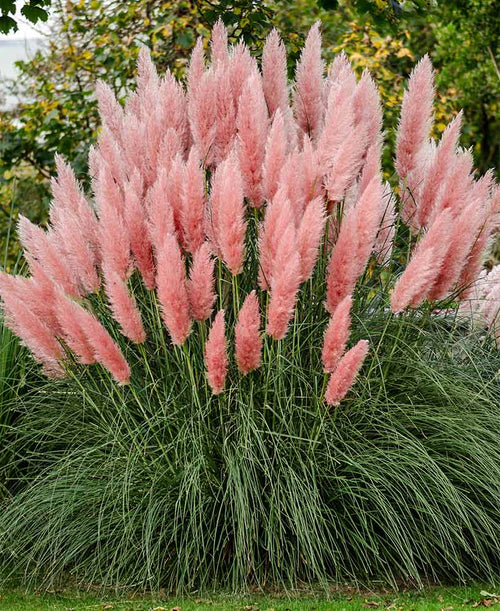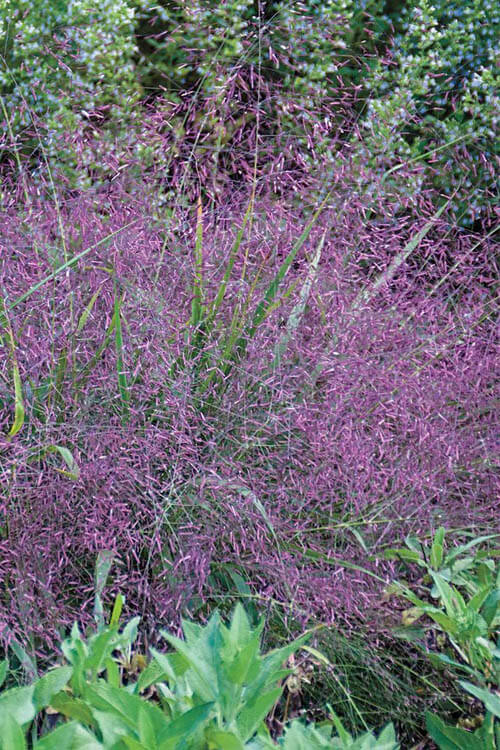Pollinators are a crucial factor in our ecosystem
Facilitating the reproduction of plants by transferring pollen from the male to the female of flowers. One effective way to support pollinators is by planting native plants in our gardens and landscapes.
This article will explore the importance of pollinator-friendly native plants and provide a comprehensive guide on incorporating them into our surroundings.
Section 1: Understanding Pollinator
Decline Pollinator decline is a concerning issue with far-reaching implications. Bees, butterflies, birds, and other pollinators face habitat loss, pesticide exposure, climate change, and the spread of invasive species. As a result, their populations are dwindling, which disrupts the delicate balance of ecosystems and affects the reproduction of countless plant species.
Section 2: The Benefits of Native Plants
Native plants occur in a specific region and have evolved alongside local pollinators. They are uniquely adapted to the local climate, soil, and pests, making them hardier and more resilient. By incorporating native plants into our landscapes, we create natural habitats that provide food, shelter, and breeding grounds for pollinators, helping to reverse the decline in their populations.
Section 3: Characteristics of Pollinator-Friendly
Native Plants When selecting pollinator-friendly native plants, it is essential to consider their characteristics. Look for plants that produce nectar-rich flowers in various shapes and sizes, as pollinators have different feeding preferences. Choose plants with staggered blooming periods to provide a continuous food source.
Native plants that offer nesting sites, such as hollow stems or leaf litter, are valuable for pollinator habitats
Section 4: Creating a Pollinator-Friendly Garden To create a pollinator-friendly garden: Assess your local ecosystem and identify the native plant species that naturally occur in your area. Consult local gardening resources, nurseries, or botanical gardens for suitable plant choices. Aim to establish a diverse range of plants, including flowers, shrubs, trees, and grasses, to cater to a broad spectrum of pollinators. Incorporate plants with different colors, shapes, and scents to attract pollinator species.
Section 5: Maintenance and Care Maintaining a pollinator-friendly garden involves regular care and attention. Provide adequate watering and mulching to promote plant health. Minimize or eliminate the use of pesticides, as they can be harmful to pollinators. Instead, consider natural pest control methods or integrate beneficial insects into your garden.
Section 6: Educational Outreach and Community Involvement Encouraging others to join the effort is crucial for widespread impact. Engage in educational outreach programs to raise awareness about pollinators and native plants.
Collaborate with local schools, community organizations, and government entities to promote pollinator-friendly initiatives and establish community gardens or pollinator corridors. We can create a network of interconnected habitats that support pollinators across more significant landscapes.
Planting native plants is a practical and effective way to combat pollinator decline and promote biodiversity
By providing essential food and habitat for pollinators, we contribute to the health of our ecosystems and secure the future of our food supply.
Every garden, park, or green space can become a sanctuary for pollinators, making a significant difference in their survival. Let us embrace the power of native plants and take action to ensure a thriving and sustainable future for pollinators and ourselves. -- Tn Nursery



















































